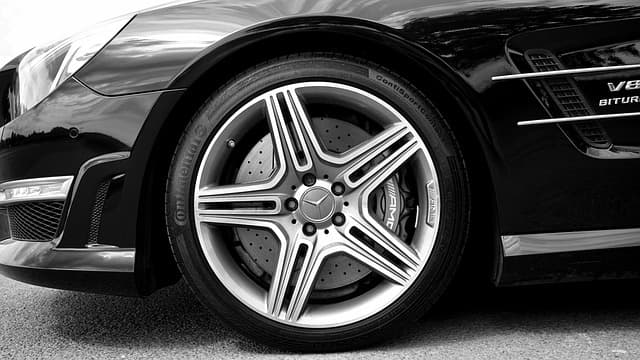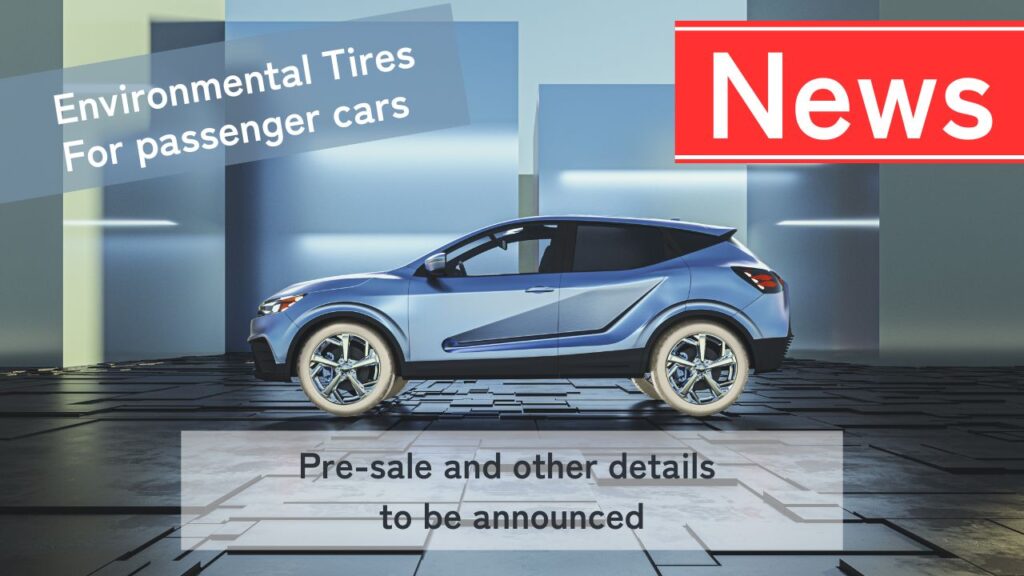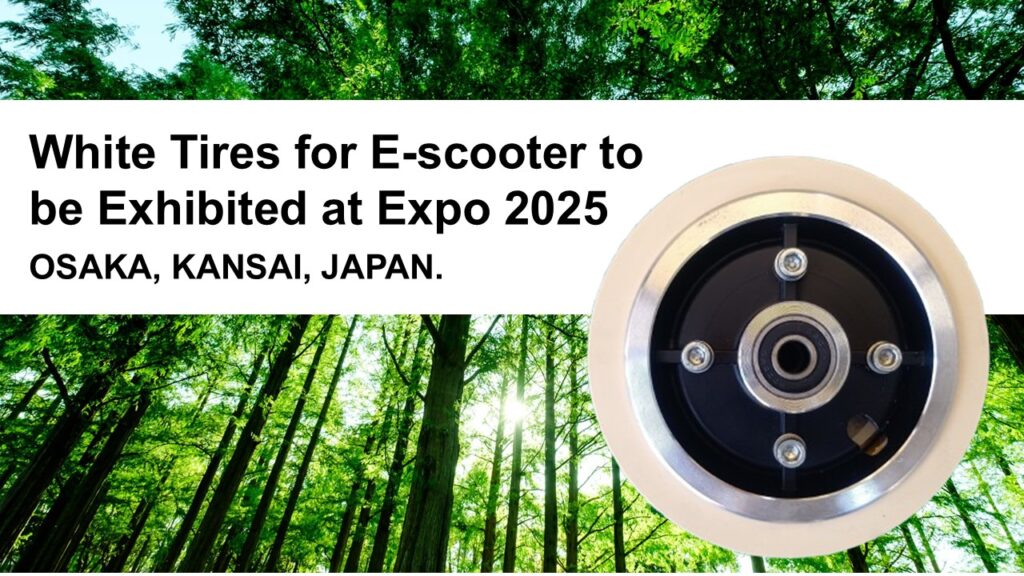Tire Emissions Regulations (Microplastic Emissions from Tires/Tire Wear Regulations)
2024-03-23

Background
Non-exhaust emissions consist of particles emitted from vehicle tires and brakes.
Tire emissions are estimated to be the largest source of microplastics to the environment.
As vehicle electrification reduces exhaust particles, it is projected that up to 90% of all particles emitted by road traffic will consist of non-exhaust gases by 2050.
Therefore, these non-emission gases need to be measured and limited.
Specific regulatory figures for tire wear have not yet been set, and the Commission will review measurement methods and state-of-the-art technology in order to propose tire wear limit figures and will produce a report on tire wear by the end of 2024.
https://data.consilium.europa.eu/doc/document/ST-14598-2022-INIT/en/pdf
Discussions on tires for passenger cars (C1 class) are the most advanced, and the current public information is that the regulatory framework for that C1 class will be decided in 2025, with enforcement in 2028.
Euro7
Euro 7, a proposed regulation establishing emission standards for air pollutants from motor vehicles, would establish new limits for “non-emission emissions, such as particles from brakes and tires” as vehicle emissions.
https://www.consilium.europa.eu/en/press/press-releases/2023/09/
Tire Wear Limit Test Method
For testing of tires, the Council of Europe’s Interinstitutional File:2022/0365 dated January 2024 (COD) states that “Tires must be tested for compliance with tire wear limits under the test conditions set forth in Annex III”. . Regarding test conditions, Annex III states that they are “based on test methods developed by the United Nations for testing tire wear in the real world.
Appendix III

https://data.consilium.europa.eu/doc/document/ST-5142-2024-INIT/en/pdf
C1 tyres: passenger car tires, C2 tyres: light truck tires, C3 tyres: heavy truck tires
https://mastersteelbanden.nl/what-is-a-tyre-label/?lang=en
Note that the United Nations Economic Commission for Europe (UNECE), in its February 2024 document, describes the following as “the first methodology to measure particle emissions from tires”:
UNECE’s World Forum for Harmonization of Vehicle Regulations (WP.29) is now turning its attention to addressing emissions from tires.
Tire wear occurs when there is friction with the road surface, such as during vehicle rotation, acceleration, and braking. Small particles are shattered from the tire and released into the air and onto the road surface and roadside environment.
From there, they can impact human health and contaminate soil and waterways via road surface runoff, wastewater, and airborne transport, which can eventually enter and pollute the oceans.
UNECE
The UNECE Working Group on Noise and Tires, with the support of the Working Group on Pollution and Energy, adopted a proposal to introduce the following two methods to measure tire wear
- In the laboratory, measurements would be taken over a distance of 5,000 km in a convoy of vehicles.
- In the laboratory, on an abrasive rotating drum over 5,000 km.
Tire weight loss due to wear is expressed in milligrams per kilometer per ton of load applied to the tire.
Restrictions on tire manufacturers
These measurements are expected to be applied to market assessments aimed at collecting wear data from a variety of tire sizes, patterns, and brands.
Such data will be used to determine the tire wear limits to be incorporated into UN Regulation No. 117 by September 2025 for tires mounted on passenger cars (C1 tires).
Once these wear limits are in effect, tire manufacturers will need to ensure that all tires sold on the market are below the set limits.
For those that exceed the limits, the manufacturer must adjust the material composition or manufacturing process.
France and the European Commission
This proposal was developed under the leadership of France and the European Commission and will be the methodology for the European Union’s Euro 7 proposal.
This measurement methodology will be extended to larger vehicles with C2 and C3 type tires between 2026 and 2027, covering most road vehicle categories.
Once enforced, these regulations will contribute to a significant reduction in microplastic pollution.
https://unece.org/environment/press/unece-introduce-first-ever-methodology-measureparticle-
emissions-tyres
Timing of rule application
The following is the Council of Europe’s Interinstitutional File Interinstitutional dated January 2024
File:2022/0365(COD) of the Council of Europe dated January 2024, and the timing of the application of the regulation:
C1
With effect from July 1, 2028, national authorities shall grant EU type approval for new types of Class C1 tires for components or individual technical units only if they comply with this Regulation.
With effect from July 1, 2030, national authorities shall prohibit the placing on the market of tires of class C1 that do not comply with this Regulation.
From that date, national authorities shall prohibit the registration of new vehicles equipped with Class C1 tires if the tires do not comply with this Regulation.
C2
With effect from April 1, 2030, national authorities shall only grant EU type approval for components or individual technical units for new types of Class C2 tires that comply with this Regulation.
With effect from 1 April 2032, national authorities shall prohibit the placing on the market of tires of class C2 that do not comply with this Regulation.
From that date, national authorities shall prohibit the registration of new vehicles equipped with Class C2 tires if the tires do not comply with this regulation.
C3
With effect from April 1, 2032, national authorities shall only grant EU type approval for components or individual technical units in respect of new types of Class C3 tires complying with this Regulation.
With effect from 1 April 2034, national authorities shall prohibit the placing on the market of tires of class C3 that do not comply with this Regulation.
From that date, national authorities shall prohibit the registration of new vehicles equipped with Class C3 tires if the tires do not comply with this regulation.
https://data.consilium.europa.eu/doc/document/ST-5142-2024-INIT/en/pdf
Share this article









